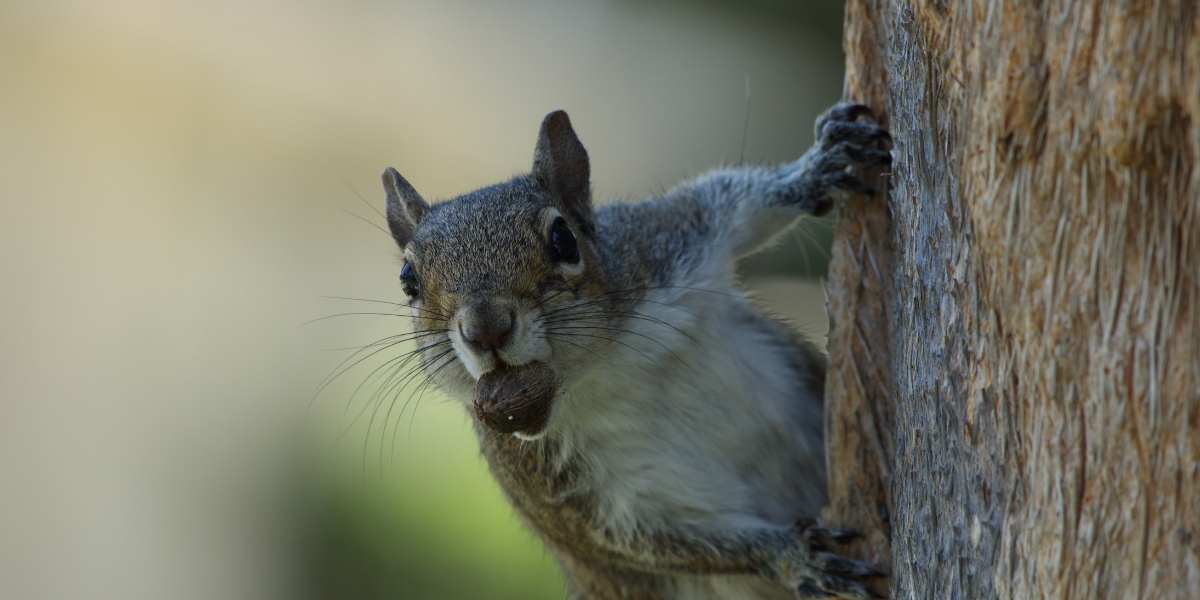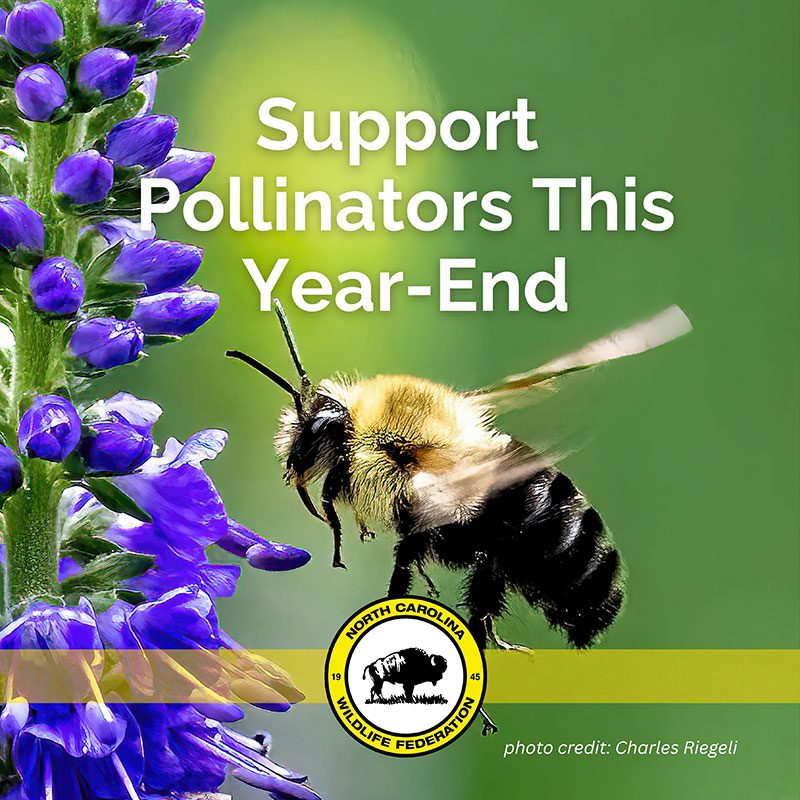March Calendar of Wildlife & Habitat Happenings

March Calendar
Opportunities to experience natural North Carolina are as diverse as our state’s spectacular landscape. And there’s no shortage of things to do, see and hear this month - from spawning sucker species to flying eastern tiger swallowtails to mating mud turtles. Take a look at the March calendar below and explore NCWF’s upcoming events.
Feb. 28 - March 4: National Invasive Species Awareness Week. Watch our Invasive Plants of North Carolina webinar to learn about the most prevalent invasive plant species and some tips on mitigating and removing them from habitats.
March 1: Chain pickerel are spawning.
March 2: Trout lily, spring beauty and other spring ephemerals are blooming.
March 3: World Wildlife Day. Learn more about NCWF’s work in conserving wildlife.
March 3: On warmer nights listen for Collinses’ mountain chorus frogs' seldom-heard “curruck, curruck, curruck” call. This newly recognized and described species is known in North Carolina only from portions of Cherokee and Clay counties.
March 4: Spring litters are arriving for our official state mammal, the eastern gray squirrel.
March 5: Mink kits are being born.
March 5: National Play Outside Day. Get outside and learn with help from NCWF's Great Outdoors University (GoU) video playlist.
March 6: Several sucker species are beginning their spring spawning runs.
March 8: The year’s first broods of the eastern tiger swallowtail, our official state butterfly, are flying.
March 9: Purple martins and rough-winged swallows are returning.
March 10: Southern toads and carpenter frogs begin calling in the Coastal Plain.
March 12: Eastern fox squirrels are bearing their spring litters. Young females may produce only one litter, but older ones usually have a second litter in summer.
March 12: National Plant a Flower Day. Check out our list of recommended native pollinator perennial and annual flowers.
March 13: American woodcocks are nesting.
March 14: Make a plan to head outside to get crafty, celebrate butterflies and show off your pollinator love for National Learn About Butterflies Day and National Children’s Craft Day.
March 15: Eastern cottontails are bearing their spring litters. Tiger swallowtails are emerging as adults from the pupa or as larva from the egg.
March 16: Bluebirds are choosing their nests. Make sure your nest boxes are up and clean for your new backyard residents. Learn more about bluebirds and their nesting habitat.
March 17: Red-tailed hawks begin nesting.
March 19: Bachman’s sparrows have begun singing in longleaf pine savannas in the Sandhills and southern Coastal Plain.
March 19: National Backyard Day. Watch this webinar to learn how to turn your yard into a certified wildlife habitat.
March 20: Start of the spring season.
March 21: International Day of Forests. Learn how NCWF collaborates with the National Wildlife Refuge System and National Forest Service to conserve, protect, manage and restore public lands.
March 23: Chimney swifts and common nighthawks are returning.
March 24: Fox pups are being born.
March 25: Yellow-throated warblers and other early spring migrant songbirds are arriving.
March 27: Whip-poor-wills and chuck-will’s-widows have begun calling.
March 28: National Weed Day. Sign up for our weekly Butterfly Highway newsletter to find out which invasive weeds to yank from your yard and native plants to add instead.
March 29: Brown-headed nuthatches are nesting. Eastern mud turtles are mating.
March 30: Bluets and several violet species are in bloom. Southern cricket frogs are calling in the Coastal Plain.
March 30: National Walk in the Park Day. There are more than 5 million acres of public lands in North Carolina and every acre matters. These cherished lands must be protected so they can continue providing habitat for fish and wildlife and enjoyment for everyone.


